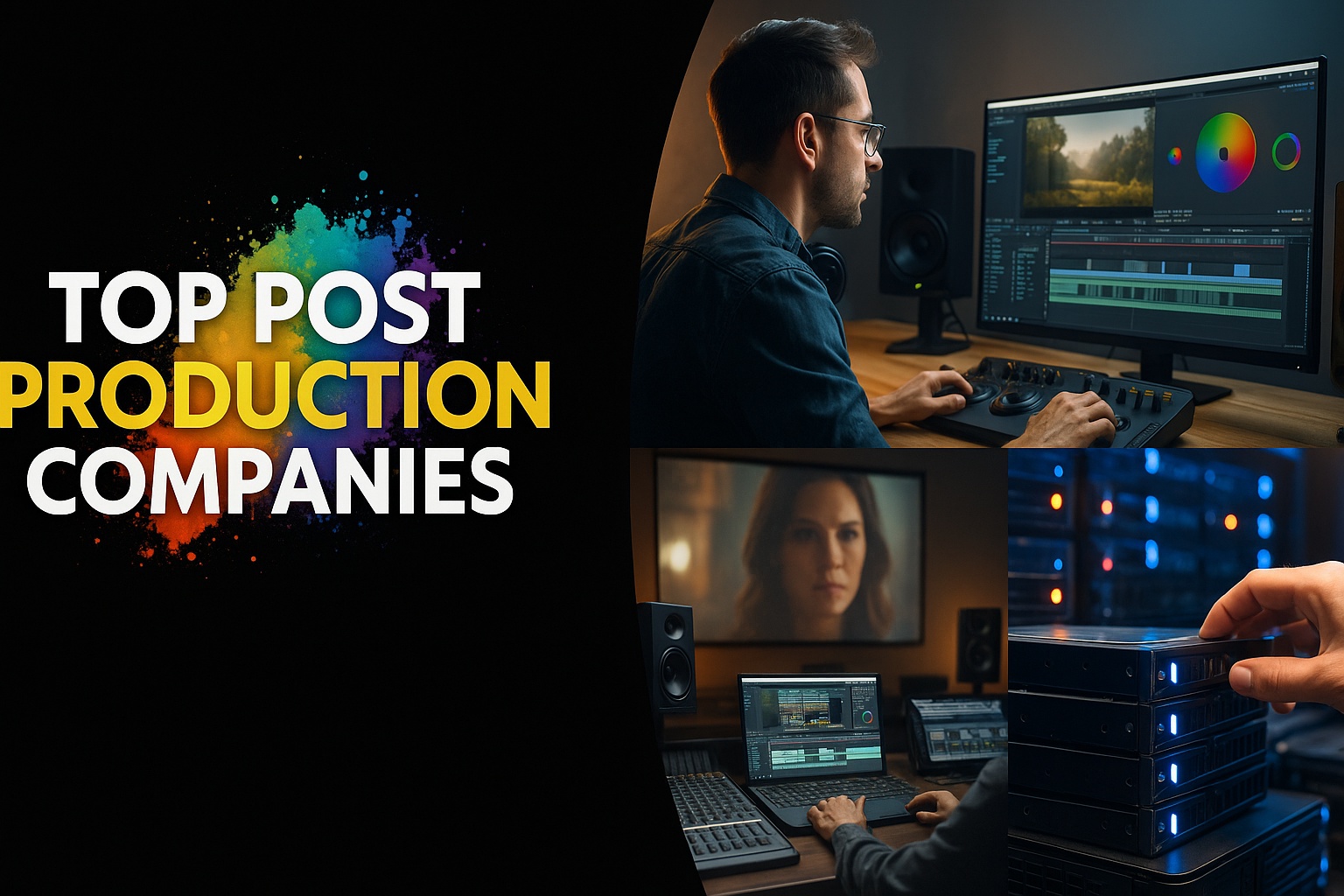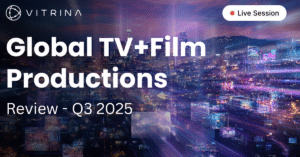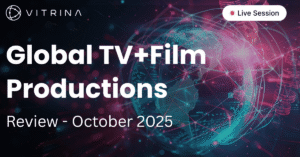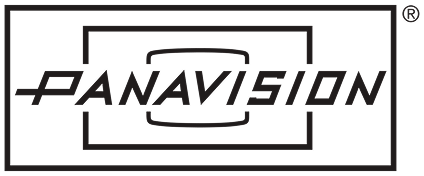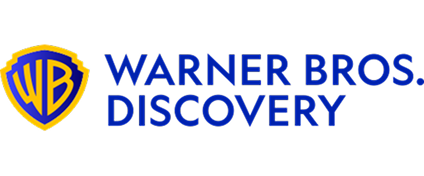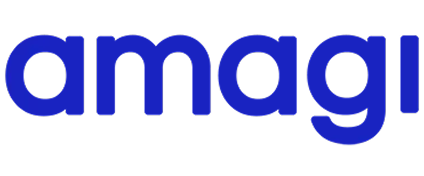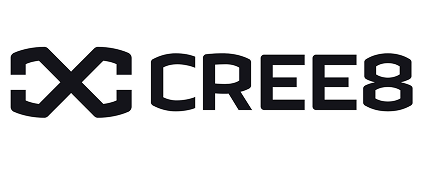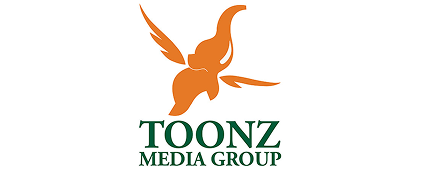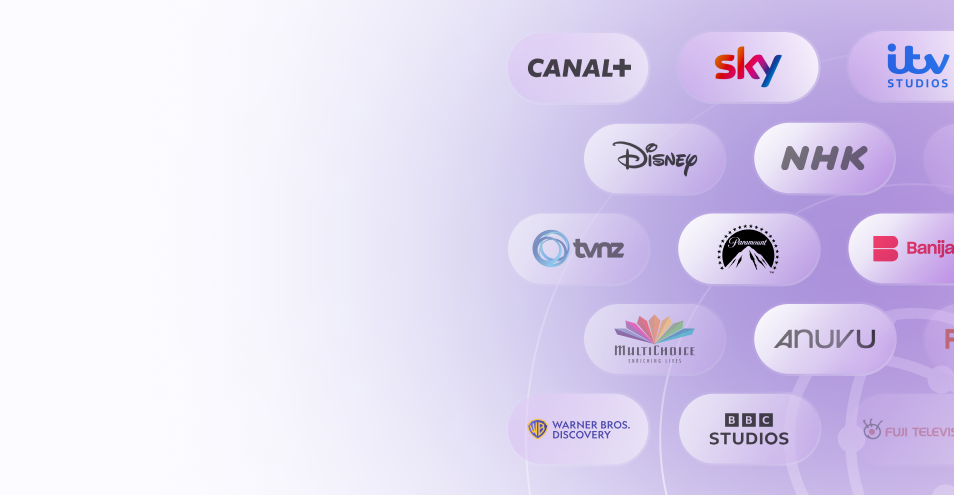Introduction
For any global production executive, the search for world-class partners is a constant, high-stakes endeavor.
The post-production landscape in Global has emerged as a formidable global hub, presenting a powerful combination of elite creative talent and operational efficiency.
However, identifying the truly premier vendors—those who can act as a seamless extension of your own team—requires moving beyond surface-level directories.
This 2025 guide, informed by Vitrina’s real-time intelligence on the global media supply chain, deconstructs the essential characteristics that define the top post-production companies in Global.
We will showcase what excellence looks like in practice, providing a strategic perspective on how to identify partners that deliver not just services, but true competitive advantage.
Table of content
Key Takeaways
| Topic | Description |
|---|---|
| Defining Excellence | Top post-production companies are defined not just by their creative showreels, but by a combination of audited security, scalable infrastructure, elite specialized talent, and a verifiable history of high-caliber collaborations. |
| Market Dynamics | The market in Global is highly competitive, offering access to premier talent. The key challenge is differentiating studios with proven global experience from the wider pool of vendors. |
| Vitrina Relevance | Vitrina’s platform is essential for this analysis, providing the verified data needed to assess a company’s project history, key personnel, and past collaborators, which are the true indicators of a top-tier firm. |
| Strategic Goal | The ultimate objective is to secure a partner whose operational and creative capabilities align perfectly with your project’s specific needs, ensuring a seamless and efficient global post-production pipeline. |
The Post-Production Ecosystem in Global
Understanding the market context of Global is the first step in any strategic sourcing initiative. The region’s post-production industry has undergone a significant transformation, maturing from a regional hub into a critical node in the global content supply chain.
This evolution has been accelerated by two primary forces: massive investment from global streaming platforms commissioning local originals, and a thriving domestic entertainment sector that has cultivated a deep and highly skilled workforce.
This creates a dual opportunity for international producers. You gain access to a pool of world-class artists and technicians who are adept at delivering high-volume, high-quality work, often at a more efficient cost basis than in North America or Europe.
However, this rapid growth has also led to a crowded and fragmented market. Distinguishing the premier, globally-focused studios from the multitude of other vendors is the central challenge.
The top players have made substantial investments in infrastructure, security, and talent management to specifically cater to the exacting standards of international clients.
Analyzing the Hallmarks of Top Post-Production Companies
In our analysis of over 15,000 post-production and service vendors globally, we have identified four consistent hallmarks that separate the truly elite partners from the rest. These characteristics form the basis of a reliable assessment, moving beyond subjective showreels to objective, verifiable indicators of quality and reliability.
Hallmark 1: Audited Security & Verifiable Trust
In today’s environment, content security is not a feature; it is the foundation of a professional relationship. A top-tier company does not just promise security—it proves it with industry-standard certifications.
The most critical of these is the Trusted Partner Network (TPN) assessment, which validates that a vendor’s digital and physical security protocols meet the rigorous standards set by the major studios.
A company that has achieved and maintains this certification demonstrates a serious commitment to protecting your intellectual property from leaks and breaches. This non-negotiable hallmark is the first filter for any high-value project.
Hallmark 2: Elite Creative Talent & Portfolio Depth
While security is foundational, creative excellence is what elevates a project. The best companies are defined by the caliber of their creative leadership. When analyzing a potential partner, look beyond the company brand and focus on the specific artists—the senior colorists, VFX supervisors, and sound designers—who have helmed their flagship projects.
A deep portfolio that showcases consistent quality across projects of a similar scale and genre to your own is a key indicator. The goal is to find a team whose creative sensibilities and technical execution are a perfect match for your story.
Hallmark 3: Scalable Infrastructure & Global Pipeline Integration
Creative talent must be supported by robust, scalable infrastructure. Top companies invest heavily in their technology stack to ensure they can handle the immense data requirements of modern 4K, 6K, and HDR workflows.
This includes high-speed, redundant connectivity for seamless data transfer, massive rendering capabilities, and a pipeline that is flexible enough to integrate with various client workflows, whether cloud-based or on-premise.
This technical backbone ensures they can meet tight deadlines without compromising quality, even when faced with thousands of VFX shots or complex versioning requests.
Hallmark 4: A Verifiable History of High-Caliber Collaborations
The most reliable indicator of a company’s quality and professionalism is the company it keeps. A long history of repeat business and successful collaborations with major international studios and streamers is the ultimate endorsement.
This demonstrates not only their ability to deliver high-quality work but also their skill in managing complex client relationships, navigating studio politics, and consistently meeting the highest professional standards. This track record is more powerful than any marketing material.
Applying these hallmarks of excellence to the market in Global helps identify a shortlist of premier studios for consideration. The following companies are notable examples within the region’s vibrant post-production community:
1. Warner Bros. Discovery
Overview: Warner Bros. Discovery is a global media and entertainment company, formed from the merger of WarnerMedia and Discovery, Inc.
Services: Engages in film production, television production, and streaming services.
Awards: Known for its extensive library of award-winning films and television shows.
2. The Walt Disney Company
Overview: The Walt Disney Company is a multinational entertainment and media conglomerate known for its film and television production.
Services: Specializes in film production, television production, theme parks, and media networks.
Awards: Renowned for its iconic films and television shows, as well as its influence in entertainment.
3. WildBrain
Overview: WildBrain is a global media, content creation, and distribution company, specializing in children’s entertainment.
Services: Provides content production, distribution, and streaming services focused on kids’ programming.
Awards: Known for its successful children’s content and distribution platforms.
4. Gaumont
Overview: Gaumont is a historic French film production and distribution company known for its influential contributions to cinema.
Services: Specializes in film production, distribution, and television production.
Awards: Recognized for its classic films and significant impact on the global film industry.
5. Fremantle
Overview: Fremantle is a leading international media company involved in television production and distribution.
Services: Engages in television production, format creation, and content distribution.
Awards: Known for its popular television shows and successful global formats.
6. Lionsgate
Overview: Lionsgate is a global entertainment company specializing in film and television production and distribution.
Services: Provides film production, distribution, and content creation for television.
Awards: Acclaimed for its diverse film library and successful television productions.
7. CJ ENM Co
Overview: CJ ENM Co is a leading South Korean media and entertainment company, part of the CJ Group, known for its film and television content.
Services: Specializes in film production, television production, and content distribution.
Awards: Recognized for its influential role in the Korean entertainment industry.
8. Universal Television
Overview: Universal Television is a division of Universal Filmed Entertainment Group, focusing on television production and distribution.
Services: Engages in television production, distribution, and content creation.
Awards: Known for its successful television series and global content distribution.
9. SF Studios
Overview: SF Studios is a prominent film production and distribution company based in Sweden, with a significant presence in the Nordic region.
Services: Specializes in film production, distribution, and content development.
Awards: Recognized for its influential films and contributions to Scandinavian cinema.
10. CBS Studios
Overview: CBS Studios is a division of Paramount Global, involved in television production and distribution.
Services: Provides television production, content creation, and distribution.
Awards: Known for its popular television series and successful global operations.
A detailed, data-driven analysis of each is the essential next step to ensure a perfect partnership for your project.
Integrating a Top-Tier Partner into Your Global Workflow
Identifying an elite partner is the first step. The next is to ensure their seamless integration into your production pipeline. This requires a deliberate and structured onboarding process to align communication, technology, and expectations from the outset.
Begin with a comprehensive technical kickoff call to map out the entire data workflow, from the format of the plate delivery to the color science of the review process. Run tests to ensure file transfer protocols are robust and efficient.
Simultaneously, establish a clear communication and governance framework. Define the key points of contact on both sides, the cadence for weekly progress reports, and the platform for formal reviews and feedback.
This structure is essential for maintaining alignment across different time zones and preventing the miscommunication that can derail a project. A top-tier partner will actively participate in building this framework, viewing it as a critical component of a successful collaboration.
How Vitrina Uncovers Top Post-Production Companies in Global
The analytical approach described in this guide is only possible with access to clean, structured, and verified data. Attempting to manually compile this level of intelligence is a time-consuming and unreliable exercise.
Vitrina provides the foundational platform to execute this strategy, centralizing deep data on the global M&E supply chain to give you the 360-degree view needed to make confident partnership decisions.
By tracking over 15,000 post-production vendors and mapping their relationships with studios, projects, and key executives, Vitrina allows you to filter the market in Global by the hallmarks of excellence.
Our platform is used by industry leaders like Warner Bros. Discovery and Netflix to identify and vet specialized vendors in new markets, proving its efficacy in high-stakes, real-world scenarios.
- Identify Partners by Their Track Record: Use Vitrina to search for vendors based on their past collaborations with specific studios or work on particular genres, ensuring you find partners with relevant, proven experience.
- Analyze Creative and Executive Leadership: Go beyond the company level to research the key executives and creative talent within a prospective partner organization, using our database of over 3 million profiles.
- De-Risk Your Decision-Making: Leverage Vitrina’s deep company profiles to get a comprehensive view of a vendor’s service scope, reputation, and client history before you even make contact.
Conclusion: A Strategic Approach to Partnership
In the complex, decentralized world of modern content creation, your choice of partners is a core component of your production strategy. Sourcing in Global offers tremendous potential, but realizing that potential requires a disciplined, analytical approach.
The top post-production companies distinguish themselves not just through their artistry, but through a verifiable commitment to security, infrastructure, and professionalism.
By focusing your analysis on these objective hallmarks of excellence, you transform sourcing from a logistical task into a strategic function.
A dedicated intelligence platform like Vitrina provides the data-driven foundation for this approach, enabling you to build a global network of trusted partners.
This ensures your creative vision is executed to the highest possible standard, consistently and securely, anywhere in the world.
Frequently Asked Questions
A top-tier company is defined by objective, verifiable measures: industry-standard security certifications (like TPN), a deep portfolio with high-caliber international clients, scalable and modern technical infrastructure, and elite, in-demand creative leadership in their specific discipline.
The rise of streaming has massively elevated the quality and competition. Global streamers have invested heavily in the region, imposing their own high technical and security standards on their local partners. This has created a larger pool of vendors with experience on world-class productions.
For a significant project, a paid pilot or test is the most effective method. Provide a key scene or a small number of shots to the one or two vendors on your final shortlist. This allows you to evaluate their creative interpretation, communication style, and workflow in a real-world scenario before committing to the full project.
The biggest red flag is a lack of transparency regarding their security protocols. If a vendor cannot readily provide details on their security audits, certifications, or show a clear understanding of content protection best practices, it signals a critical lack of professionalism that could put your project at risk.
























